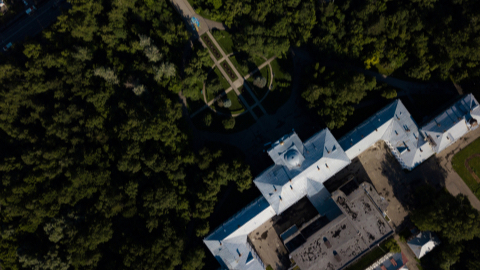
Researchers at Tomsk State University’s Supercomputer Center in Russia have developed a method for the automated design of drones based on mathematical modeling using the computing power of the SKIF Cyberia supercomputer. The new approach includes the creation of a digital twin and its prototyping. This production of a functioning UAV (unmanned aerial vehicle) model can be used to construct aircraft models and to optimize the performance of existing aircraft.
A digital twin is a virtual replica of a real life entity which often evolves in real-time along with its physical counterpart through data gathered through sensors. It can be used as a testing ground to simulate what happens under certain circumstances or provide alerts of potential problems thanks to predictive algorithms.
“The new approach solves the problem of developing the aerodynamic profile of the UAV and choosing its optimal design,” said Kirill Kostyushin, the project executive. “To solve engineering problems, a cloud system was created associated with the TSU supercomputer. The user uploads the required technical characteristics to the cloud system, such as maximum lift, wingspan, flight time and distance, speed, and others. Based on these parameters, calculations are made and 3-D models and a digital prototype of the aircraft are created. The best option is selected by testing UAV models in a virtual wind tunnel.”
It is expected that the use of super computing technologies with methods of numerical modeling and virtual prototyping will significantly reduce the development and production process.
The new approach – and the virtual wind tunnel – can be used to improve the performance of existing aircraft. To do this, a model is loaded into the cloud system, aerodynamic calculations are carried out, and problem areas are reviewed. Options are then identified for improving the characteristics of the product under development.
“The system can also be used to solve engineering problems in the construction of new aircraft,” says Kirill Kostyushin. “Of course, our system will not replace the design bureau specialists, but it can significantly speed up their work.”
